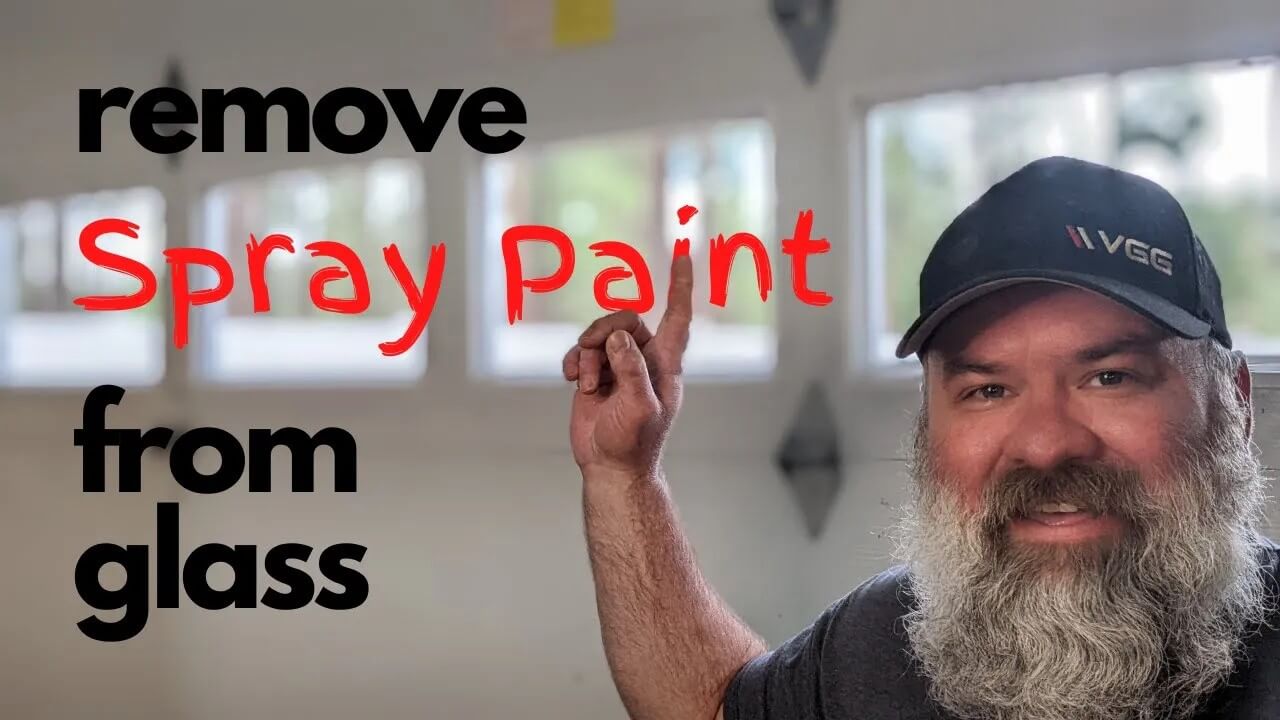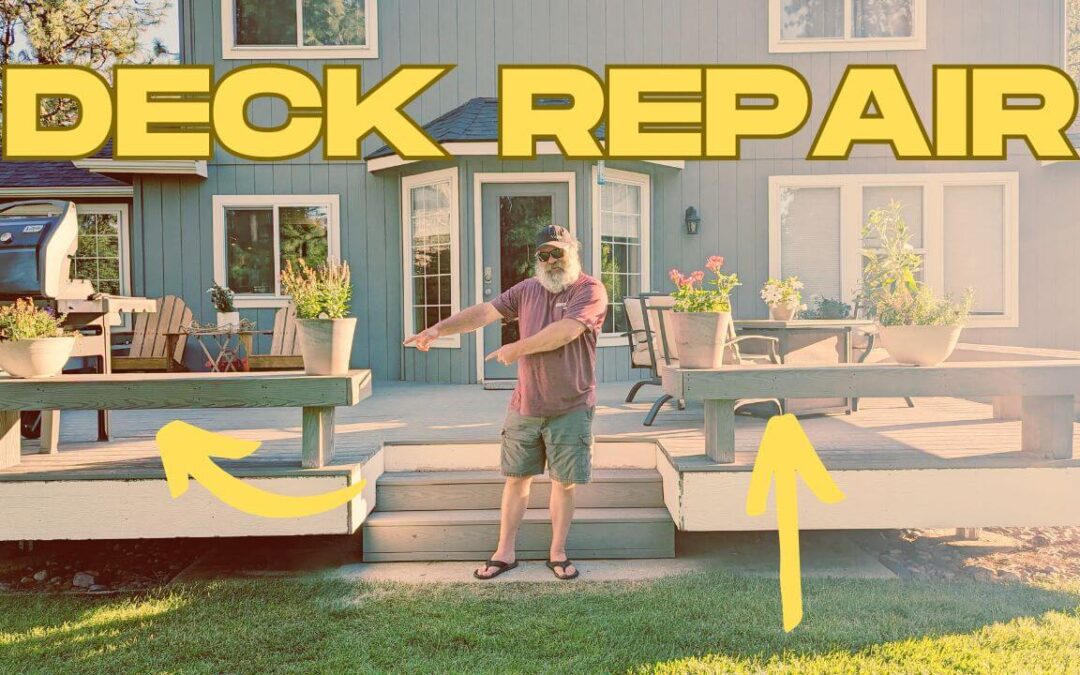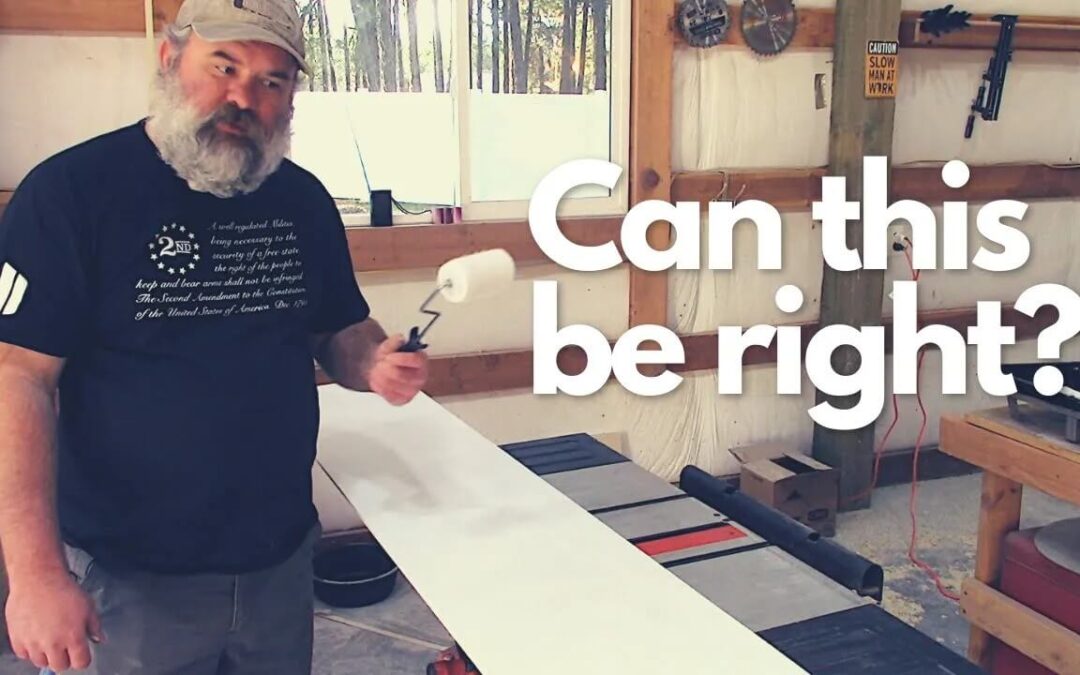If you’ve ever stood in front of a painted window wondering how to remove paint from glass without causing damage or scraping endlessly, you’re in good company. I recently found myself in that exact situation. Six windows in my shop door—yes, six—were mysteriously covered in spray paint. Don’t ask how. Let’s just say it “happened,” and leave it at that.
Fortunately, the cleanup turned out to be much easier than expected, and today I’m going to walk you through a powerful method that works efficiently using items you probably already have. This DIY process is not only effective but also safe for glass, and it’ll leave your windows crystal-clear.
Table of Contents
The Simple Tools You’ll Need
To begin, gather a few basic supplies:
- Acetone (nail polish remover works too)
- Shop towels or sturdy paper towels
- Razor blade scraper or a regular razor blade with vice grips
- Spray glass cleaner (I use Sprayway)
- Clean rags
You don’t need a fancy paint remover or toxic chemicals. Acetone softens the paint quickly, making it easy to lift without endless scraping.
- Light foam will not run
- Streakless – leaves no residue
- Excellent for marble & granite
- Great for mirrors, windows & OEM tinted windows
Last update on 2025-09-03 / Affiliate links / Images from Amazon Product Advertising API
Step-by-Step: How to Remove Paint from Glass Effectively
Let’s dive into the process. Follow these steps to get professional results without hiring a pro.
1. Apply Acetone Directly to the Paint
I started by pouring acetone straight onto the painted areas. There’s no need to dilute it—just go full-strength. Spread the acetone around with a towel until all the paint is wet and glossy.
2. Soak and Set
Next, I layered shop towels over the wet paint. These towels help hold the acetone in place and keep it from evaporating too fast. Once in place, I soaked the towels again and pressed them down gently to ensure contact with the glass. I let them sit for 2–3 minutes.
3. Scrape with Care
After letting it soak, I peeled the towels off and used a razor blade to scrape the paint. The areas that were well-soaked came off easily in satisfying, curled-up strips. If you don’t have a razor blade scraper, a pair of vice grips on a standard razor works in a pinch—just be careful and angle the blade to avoid scratching the glass.
Some edges didn’t lift cleanly. That just meant those spots needed another soak. I reapplied the acetone and towels for another few minutes, then scraped again. This second pass did the trick.
4. Wipe Down the Surface
With most of the paint gone, I wiped the glass using the same shop towel to catch any stray bits of softened paint. At this point, the window already looked dramatically better.
5. Finish with Glass Cleaner
Finally, I hit the glass with Sprayway glass cleaner and a clean rag. This removed the last traces of acetone and smudges, leaving the glass spotless and streak-free.
Pro tip: While you’re at it, clean both sides of the window. You’ll be amazed how much better it looks when light shines through clean glass.
Handy DIY Tips to Remember
- Test first: Always test acetone in a corner if the glass is near any painted or plastic trim.
- Don’t rush: Letting the towels sit is key. Two minutes may seem short, but it makes a huge difference.
- Be gentle with scraping: Let the acetone do the work. Don’t force the blade—if the paint resists, soak it again.
How to Remove Paint from Glass—The Easy and Effective Way
That’s how to remove paint from glass without a headache. With just acetone, towels, a blade, and a little patience, I cleaned up a mess on six windows without a single scratch. This powerful method saved me time, money, and frustration—and it’ll do the same for you.
I hope this guide helped you see how easy it can be to restore clarity to your windows or glass doors.







